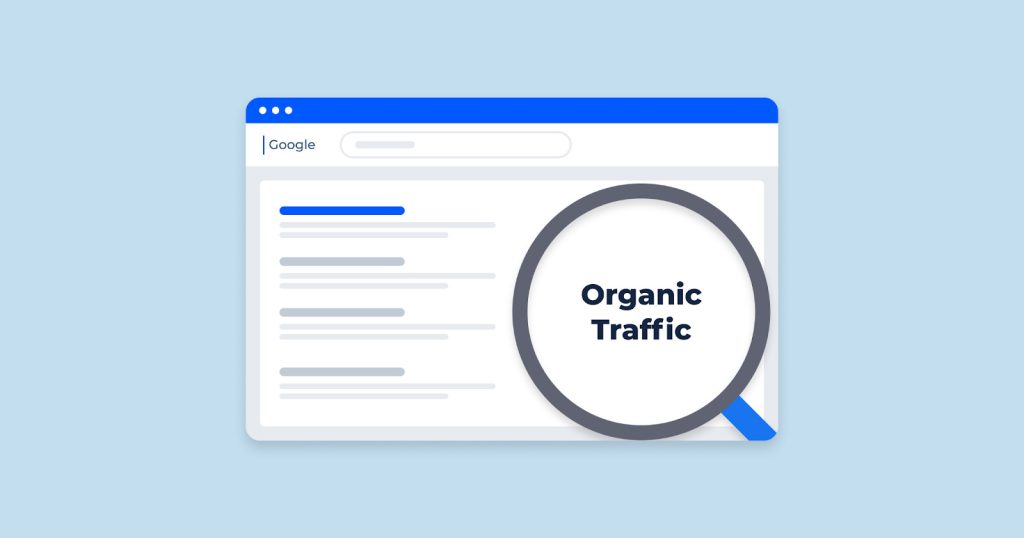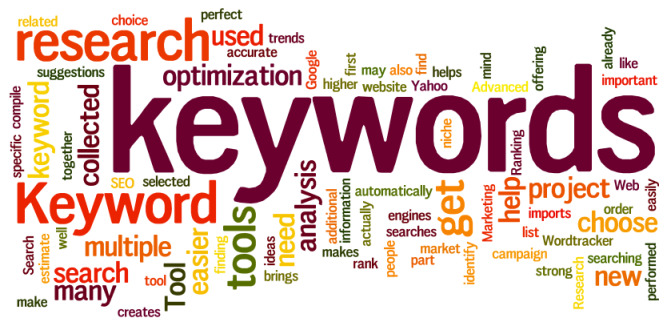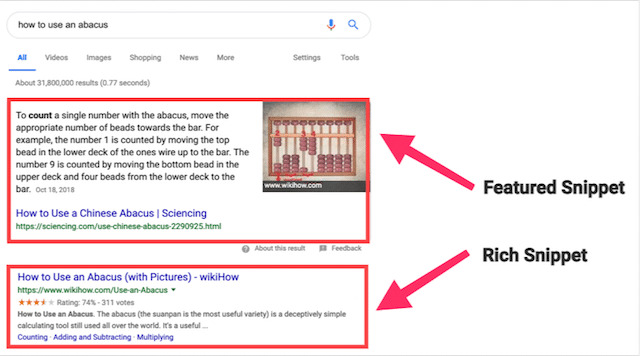In the highly competitive world of digital marketing, optimising every aspect of your website is essential for success. One often underestimated but powerful SEO tactic is using alt text for images. Alt text, or alternative text, provides a textual description of images, ensuring they are accessible to search engines and users with visual impairments. This seemingly small detail plays a significant role in improving accessibility, boosting search engine rankings, and enhancing user engagement.
Alt text is more than just a tool for accessibility. It’s a fundamental component of your SEO strategy, helping search engines like Google to understand and index your content effectively. Without adequately optimised alt text, your images may go unnoticed by search engines, reducing your website’s chances of ranking higher in search results. This article dives into 5 key reasons why alt text is essential for SEO and how it can dramatically improve your online visibility and website performance.
Table of Contents
1. Enhances Website Accessibility and User Experience

One of the most important benefits of optimising alt text is improving your website’s accessibility. Alt text provides a written description of images for users who are blind or visually impaired, allowing them to understand the content through screen readers. Without alt text, these users miss crucial information that could enhance their browsing experience.
Example: If you own an e-commerce store selling dresses, an image of a red dress could be described as: “Elegant red sleeveless dress with lace detailing, ideal for a summer evening event.” This ensures that search engines and visually impaired users can access your website content, creating an inclusive browsing experience.
Alt text, such as WCAG (Web Content Accessibility Guidelines), is also crucial for website accessibility compliance. Optimising your alt text ensures your site complies with these guidelines, ultimately enhancing user experience, engagement, and retention.
2. Boosts SEO Rankings and Organic Search Traffic

Search engines like Google can’t “see” images like humans do. They rely on alt text to understand the content and context of images. Optimising alt text with relevant keywords helps search engines index your images and associate them with your website’s content. This increases the likelihood of your images appearing in Google Image Search and contributes to improved organic traffic.
Example: For a travel blog featuring scenic landscapes, an image of a sunset over the mountains might have alt text like: “Breathtaking sunset over the mountains with vibrant hues of orange and purple, perfect for nature photography enthusiasts.” Including keywords like “sunset,” “mountains,” and “nature photography” helps improve the image’s SEO potential and boosts your chances of ranking higher in search results.
Using SEO-friendly alt text with strategic keywords gives your website a competitive edge, helping you rank for image-related queries and broader web search results. This additional layer of optimisation improves the overall SEO performance of your website.
3. Target Relevant Keywords and Improve Content Relevance

Alt text is a valuable opportunity to target long-tail keywords and specific search phrases related to your niche. By adding relevant keywords to your alt text, you increase the chances of your website ranking for highly targeted search queries, which can drive qualified traffic to your site.
Example: If you run a health and wellness blog, an image of a green smoothie could have alt text like: “Healthy green smoothie made with spinach, banana, and chia seeds for a nutrient-packed breakfast.” This alt text incorporates keywords such as “green smoothie,” “healthy breakfast,” and “chia seeds,” all of which are highly relevant to users searching for healthy meal options.
Targeting specific keywords in your alt text ensures that search engines can easily associate the image with your page’s content. This boosts both image visibility and the SEO strength of the entire page. It’s a simple yet effective way to enhance content relevance and attract the right audience.
4. Increases Chances of Appearing in Rich Snippets and Featured Images

Rich snippets, or featured snippets, are enhanced search results that provide additional information, such as images, reviews, or quick answers. Alt text is vital in helping your images appear in these premium search spots, improving your site’s visibility and click-through rate.
Example: For a recipe website, an image of a homemade pizza could have alt text like: “Delicious homemade pizza with fresh mozzarella, basil, and a crispy thin crust.” By including clear and detailed alt text, your recipe could appear in Google’s rich snippets for relevant queries like “easy homemade pizza recipe,” driving more organic traffic.
Appearing in rich snippets increases your website’s visibility in Google Search and drives more targeted traffic to your content. Alt text is key in ensuring your images are optimised for these premium search results, giving you a competitive edge in organic search.
5. Improves User Engagement and Interaction

Alt text has a direct impact on user experience. Providing clear, descriptive alt text makes it easier for users to understand your site’s images, improving overall interaction. Engaged users are likelier to stay on your site, visit multiple pages, and convert into customers.
Example: Imagine a fitness website that features an image of someone performing a push-up. The alt text could be: “Athlete performing a push-up in a modern gym, focusing on core strength and proper form.” This description provides context and valuable information, helping users understand the image and encouraging them to explore more workout tutorials.
Users who can easily comprehend and interact with images are likelier to stay engaged with your content. High engagement signals to search engines that your site offers value, leading to improved rankings and increased website traffic.
Conclusion
Incorporating optimised alt text into your images is a simple yet powerful strategy for boosting your website’s SEO. By improving accessibility, enhancing search engine rankings, and increasing user engagement, alt text is crucial in driving long-term SEO success. This often-overlooked detail can lead to more targeted traffic, higher visibility, and improved user satisfaction, making it an essential part of your SEO strategy.
At Newnormz, we understand the importance of optimising every aspect of your digital marketing strategy. Our team is dedicated to helping you enhance your online presence and achieve measurable results. We offer tailored solutions that drive growth, from SEO enhancements to content marketing. Contact us today to learn how we can help you maximise your website’s SEO potential and achieve your business goals.
Frequently Asked Questions
1. How Do I Write Effective Alt Text For Images?
Compelling alt text should be concise, descriptive, and include relevant keywords naturally. Focus on the image’s purpose and main elements without overstuffing it with keywords. For example, for an image of a green smoothie, you could write: “Green smoothie bowl with kale, banana, and chia seeds, perfect for a healthy breakfast.” This provides a clear description while helping with SEO.
2. Can I Use Alt Text For Images In Every Type Of Content?
Yes, alt text is essential for all types of content on your website, including blog posts, product pages, and infographics. Whether you’re running an e-commerce site or a blog, optimising your images with alt text improves accessibility and SEO. This ensures that all users, including those with visual impairments, can access your content, and it helps search engines understand your images.
3. How Can I Check If My Alt Text Is Optimised For Seo?
Review its relevance to the image and surrounding content to check the optimisation of your alt text. Use SEO tools like Google Search Console, Yoast SEO, or Screaming Frog to ensure your alt text is descriptive, contains appropriate keywords, and adheres to SEO best practices. These tools can also alert you to missing or under-optimised alt text, allowing you to improve.
4. What Is The Ideal Length For Alt Text?
Alt text should be clear, descriptive, and concise, typically 100-125 characters. This length is enough to provide relevant details while staying within search engine guidelines. For example, for an image of a coffee cup, an ideal alt text could be: “Hot espresso in a white cup with a saucer, perfect for a morning boost.” This length ensures that your alt text is comprehensive and practical without being too lengthy.






